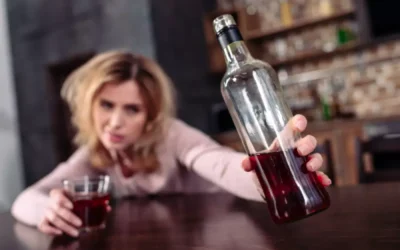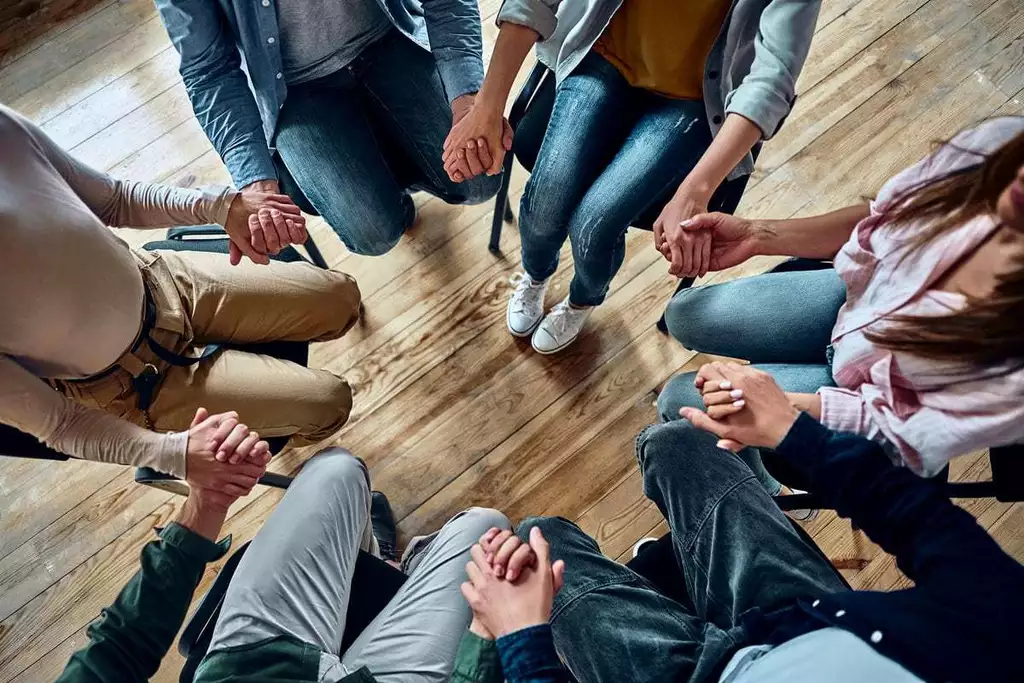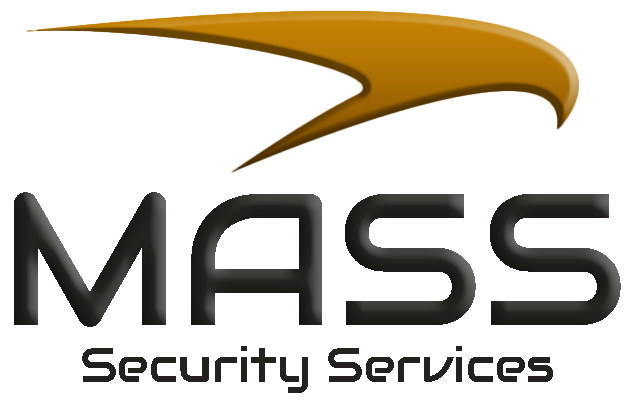Additionally, the ubiquity of technology, social media, and other digital experiences points to a promising direction of treatment which can help adolescents more effectively engage in treatment and retain information. Future interventions may also consider improving accessibility to culturally-sensitive substance use treatment for racial and ethnic minority adolescents, as this is a promising approach to treating adolescents of diverse racial, ethnic, and cultural backgrounds. Future research should also consider focusing on more clearly understanding the accessibility gaps and issues on the individual, organizational (the treating agency), and systems (state policy and regulation) level [97]. Recent studies in digital interventions have reported both positive and mixed results. Positive studies have found that texting and web-based interventions can effectively reduce risky drinking and drinking frequency as well as lessen existing substance use [76, 82].
Fatal car crash now a homicide investigation as grieving families plead for mystery driver to come forward
Approximately 27% of adolescents 13 to 18 years of age who drink alcohol mix it with energy drinks. These adolescents are at increased risk for using tobacco and marijuana and for nonmedical use of prescription stimulants. A https://ecosoberhouse.com/ study showed that 60% of teens in a community-based substance use treatment program were also diagnosed with a mental health disorder. Teenagers who misuse substances can experience drug dependence (substance use disorder).
Researchers identify brain network that is uniquely activated through injection vs. oral drug use
- In 2013, a group of researchers published their findings of the familial, social, and individual factors that contribute to substance abuse among teenagers.
- When it comes to substance use overall, autistic folks may actually be less likely to engage in these behaviors, per recently published research.
- It was found that a lot has been done to provide correct intervention to those in need with the constant development of programs and rehabilitative centers to safeguard the delicate minds of youths and prevent them from using intoxicants.
- For this age group, substance abuse begins at a very young age, an age in which their brains are vulnerable to the chemical impact of substances such as drugs or alcohol.
Seventeen percent of adolescents have taken prescription drugs without a doctor’s prescription. In addition to being a top producer of illicit opium, India is a significant drug consumer. Except for the chemical produced for medicinal purposes, it is imperative to prohibit both production and usage since if a relatively well-governed nation like India cannot stop the drug from leaking, the problem must be huge in scope [33]. Research has improved our understanding of factors that help buffer youth from a variety of risky behaviors, including substance use. Substances that teens may use include those that are legal for adults, such as alcohol or tobacco. Marijuana is often thought of as not being “as bad” as other drugs and, in some cases, even good for you.
Inpatient or outpatient treatment
Treatments that are far-reaching, reduce stigma, and increase the discourse of substance use among adolescents are strongly needed, and digital interventions offer a unique treatment strategy to fulfill these roles. However, despite the potential benefits of these interventions, there is also concern that these popular applications may have less than stringent substance abuse in older adults data-sharing policies, leading to shared information from the applications with commercial entities [90]. According to social cognitive theory, individuals work harder and are more confident in their ability to achieve goals when they have actively formed them. Recent studies have shown mixed findings for goal choices predicting drinking outcomes.

Familial Factors

More research is indicated in order to definitively determine whether recovery-specific educational settings are a viable treatment option given that their lack of accessibility and potential disruption to adolescent and family life structure. Well-established psychosocial interventions remain the primary modality of treatment. Promising new adjunctive treatments and improvements in our currently established treatments may yield significant improvements. The content published in Cureus is the result of clinical experience and/or research by independent individuals or organizations. Cureus is not responsible for the scientific accuracy or reliability of data or conclusions published herein.
Over-the-counter (OTC) and prescription medications can be misused more easily than others because they’re often easy for teens to obtain. Diet pills, caffeine pills, and cold and flu products with dextromethorphan are just a few examples of OTC substances teens may use. They may also have access to family member’s prescriptions for drugs like opiate painkillers and stimulants or get them from friends who do. Adolescents high in impulsivity, hopelessness, thrill-seeking, or anxiety sensitivity face higher risks of mental health difficulties and substance use, so the personalized material helps them practice healthy coping based on their personality type. For example, the PreVenture workshop that targets anxiety sensitivity helps young people learn to challenge cognitive distortions that can cause stress, then ties that skill back to their own goals.
- The continuum is inclusive of primary, secondary, and tertiary prevention activities.
- Family-based therapies engage parents, caregivers, and siblings in the treatment of adolescent SUDs.
- But when your teen has developed a substance use disorder, changes in mood and behavior may be more severe, to the point where it seems to you that their entire personality has changed.
- Adolescents are exploring their identities (including how they personally relate to drugs), learning how to weigh the consequences of their actions, and preparing for adulthood, which involves making choices about their future.
- The American Academy of Pediatrics recommends that clinicians become familiar with Screening, Brief Intervention, and Referral to Treatment initiatives.
- Cureus is not responsible for the scientific accuracy or reliability of data or conclusions published herein.
- These consequences can affect their long-term health, economic standing, ability to form relationships, and more.
- If you or a loved one is struggling with an addiction and co-occurring mental illness (commonly referred to as co-occurring disorders or dual diagnosis) and have considered ending your life, know that recovery is possible.
- The rapid advancement of technology has introduced innovative methods of intervention in computerized brief interventions.
- Unsettlingly, it is rising in popularity in India, particularly among teenagers [31].
- This delays the maturation of grey and white matter, resulting in poorer sustained attention [19].

